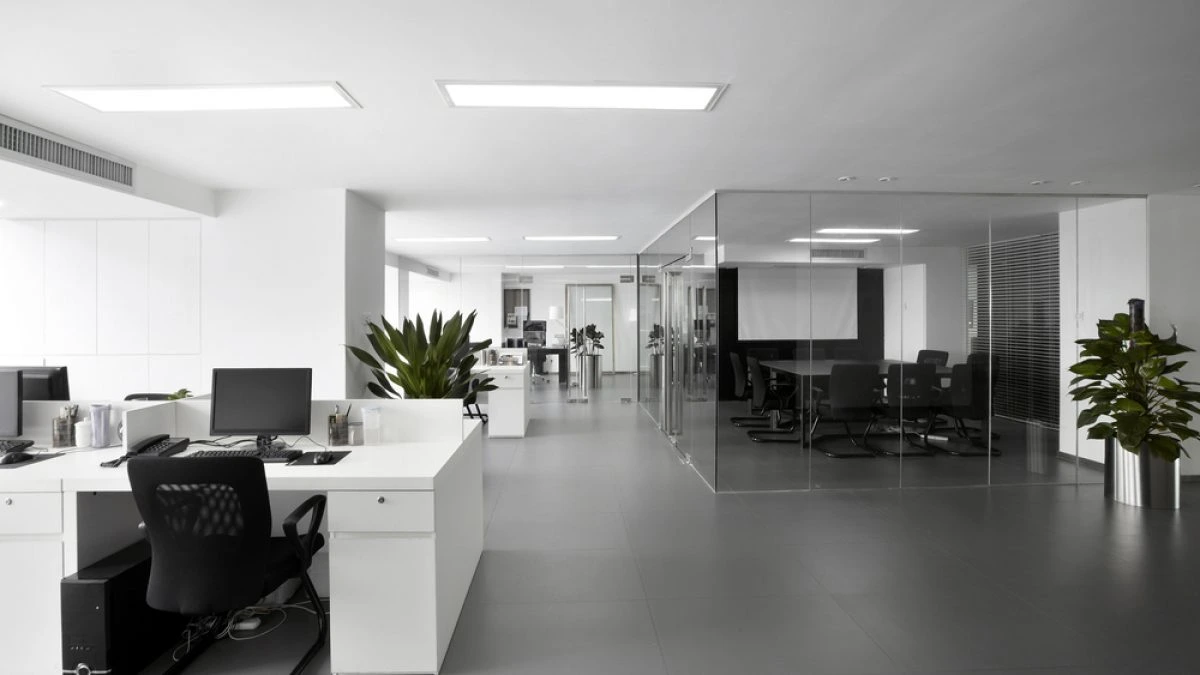For many New Zealand businesses—whether start-ups, SMEs, or those undergoing periods of change—furnishing an office can be a daunting financial task.
The cost of desks, chairs, storage, and meeting furniture quickly adds up, especially when trying to balance employee comfort with professional presentation.
However, tight budgets do not mean sacrificing quality or style.

In fact, with the right approach, it’s possible to outfit a functional, flexible, and inspiring workspace without straining company finances.
Start by Prioritising Core Needs.
The foundation of any cost-conscious furnishing strategy is prioritisation. It’s essential to distinguish between must-haves and nice-to-haves before making any purchases. Focusing on items that directly support productivity and wellbeing—such as ergonomic seating, functional desks, and accessible storage—ensures that limited funds are used effectively. By identifying these core components early, businesses can avoid impulse buying and allocate resources where they matter most.
Embrace Circular Economy Principles.
Embrace circular economy principles as a creative, budget-friendly way to furnish offices. Prioritising reuse, repair, and refurbishment reduces costs while extending furniture lifecycles. Australia discards about 35,000 tonnes of office furniture annually, much of which can be revitalised and integrated seamlessly into new office setups through government-backed programs like “Fit For Office.” Australia’s circular economy report by CSIRO highlights this strategy as part of a national goal to double circularity by 2035, tapping into a $23 billion economic opportunity.
Beyond circularity, creative budget solutions include choosing multipurpose furniture such as desks with built-in storage, modular seating that can be rearranged or stacked, and floating shelves to maximise space without clutter. Simple updates like fresh paint or new upholstery can give second-hand pieces a modern look while adding plants or colourful accents, livening the workspace affordably.
These approaches combine functionality, sustainability, and style, creating comfortable, productive offices without overspending, aligning with evolving Australian sustainability and economic goals.
Mix and Match for Character.
Uniformity is often overrated. While brand-new office fit-outs tend to focus on matching furniture sets, creative use of mixed items can result in a much more engaging and characterful workspace. Combining a variety of finishes, styles, and eras—when done thoughtfully—adds personality and visual interest. What’s more, it allows businesses to source pieces opportunistically, taking advantage of deals and availability rather than committing to expensive coordinated collections.
This approach also allows for greater adaptability. As teams grow or shift, mixed furnishing enables easy additions or replacements without the pressure to maintain exact matches. Functionality remains the constant, but the overall aesthetic can evolve organically.
Make the Most of Refurbished Furniture.
Refurbished furniture provides a middle ground between second-hand and brand-new. These items are pre-owned but professionally restored—often involving new upholstery, resurfacing, or mechanical adjustments—to bring them back to near-new condition. For businesses conscious of their image but limited in funds, this route offers a way to maintain quality and consistency without paying premium retail prices.
It’s particularly effective when kitting out client-facing areas like boardrooms or reception spaces, where presentation is important. Opting for refurbished furniture allows organisations to uphold a polished appearance without overspending on items that often have long lifespans with proper maintenance.
Consider Flexible, Modular Solutions.
Agility in the modern workplace isn’t just about how people work—it’s also about how spaces are used. Flexible, modular furniture supports reconfiguration as needs evolve. Items like nesting tables, mobile storage, stackable chairs, and foldaway desks allow spaces to be quickly adapted for different functions, reducing the need to purchase separate items for each task.
This kind of versatility is especially valuable for small businesses or shared offices. With modular setups, a single meeting area can serve as a boardroom in the morning, a hot-desking zone in the afternoon, and an event space in the evening—all without requiring permanent fixtures or multiple sets of furniture.
Leverage Local, Trusted Suppliers.
Leveraging local, trusted suppliers is a strategic move when furnishing offices on tight budgets. It supports the regional economy, reduces transport emissions, and offers faster delivery—crucial for time-sensitive setups. Local sourcing also enables better quality control, face-to-face communication, and flexible, customisable options to suit specific spatial needs. This proximity fosters stronger service relationships and greater accountability, making project coordination more efficient.
For businesses prioritising value, sustainability, and speed, local providers deliver long-term benefits. For example, many in New Zealand turn to local and reliable providers like FIL Furniture New Zealand for accessible, cost-effective office furniture solutions that align with these goals.
Invest in Timeless Design.
While it’s tempting to chase trends, selecting timeless, neutral pieces ensures that the office retains a clean and professional appearance for years to come. Simple designs in wood, metal, or muted tones can be dressed up or down depending on the style of the business, and they tend to blend well with a range of additional elements introduced later.
By choosing items that won’t date quickly, companies reduce the need for frequent updates, stretching their investment further. Neutral furniture also offers flexibility when relocating or rebranding, allowing businesses to maintain continuity across different contexts.
Focus on Value, Not Just Price.
Ultimately, the key to furnishing offices on a tight budget is understanding the distinction between cost and value. A cheap item that breaks within a year offers poor value, while a modestly priced, high-quality second-hand desk may serve reliably for a decade. Evaluating durability, adaptability, and comfort—alongside the initial cost—ensures every purchase contributes meaningfully to the workspace over time.
Smart Furnishing, Smarter Spending.
Tight budgets shouldn’t limit your vision for a productive and attractive office. With a blend of strategic planning, sustainable sourcing, and creative flexibility, businesses across New Zealand can build workspaces that serve their teams well—without overspending. Cost-conscious decisions, when paired with long-term thinking, can result in a setup that is both efficient and enduring.
Leave a Reply